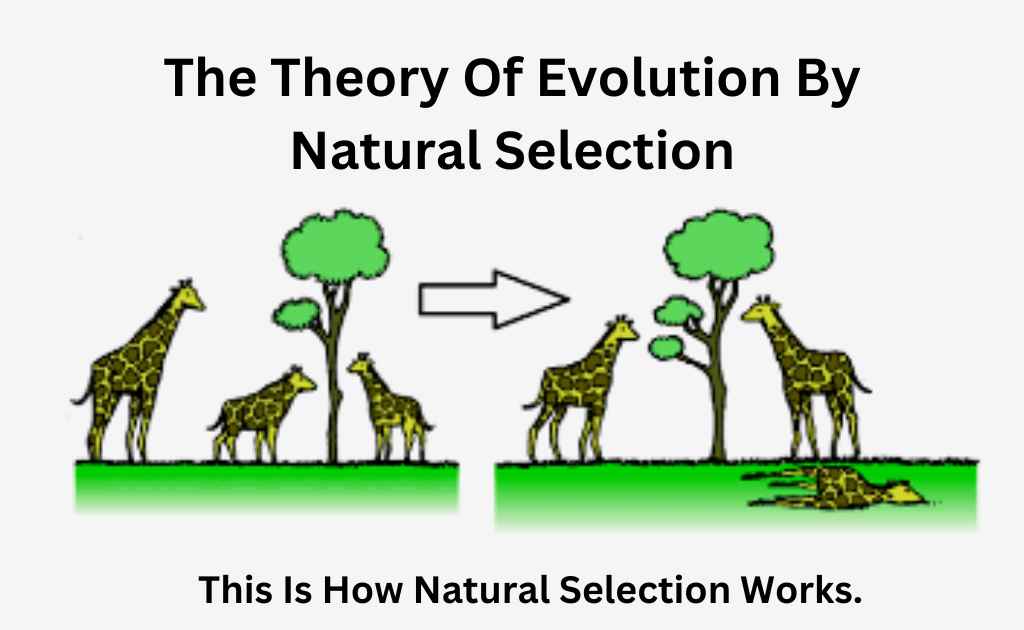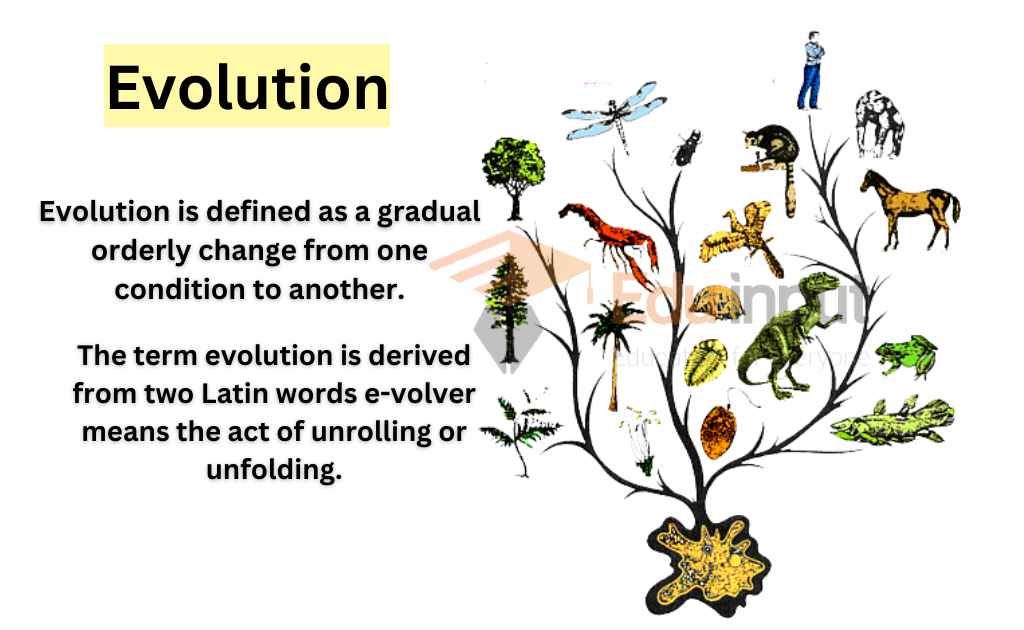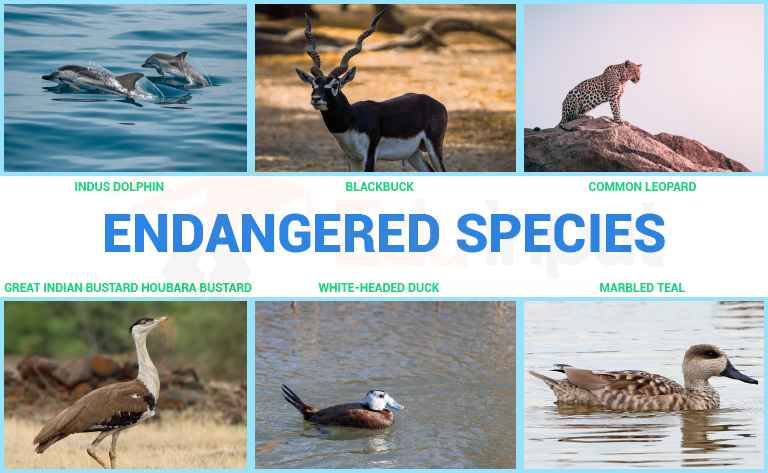The Theory Of Evolution By Natural Selection
In 1836, Darwin visited England and continued to work on the notes and specimens he had gathered during his travel for the consecutive 17 years. He gave fresh discoveries.
1. He was fascinated by the breeder’s achievements. Breeders created The required differences in plant and animal stocks. It is a synthetic selection of characteristics. Darwin believed that the natural world might experience a similar type of selection.
2. Darwin first failed to identify a natural process analogous to artificial selection. He did, however, read a Thomas Malthus essay. According to Malthus, the growth of the human population was geometric.
However, resources are limited to meet rising needs. As a result, population-limiting circumstances like starvation, war, epidemic, and poverty affect the population. Darwin observed that nature engages in a similar struggle for survival. Natural selection results from this conflict. Some characteristics are harmful to the animal. These animals are sterile. They are thus removed.

Natural Selection
Darwin formulated his ideas of natural selection in 1844. There are the following points in his theory of natural selection:
Genetic Variation
Random mutation produces genetic differences. Some of these genetic differences give people a benefit. However, some variations can be dangerous to a person. Some additional variations are neutral in their effects.
They are referred to as neutral variants. Offspring can transmit these variations. Every group of animals and plants exhibits variation, and there are numerous ways in which organisms might vary.
Wallace and Darwin were unable to explain the origin of variation. They believed it to be a trait that all living things possess by nature. We now understand that mutations are the root source of inherited variances.
Overproduction Of Population
Every living thing has the ability to reproduce. Without environmental controls, every species tends to grow geometrically. A species’ population will quadruple (4x) the next year if it doubles in size in a single year, and so on. It is simple to see in nature how diverse organisms have such a high reproduction capacity.
a) A female oyster releases about 100,000 eggs with each spawning.
b) A female sea star releases about 1 million eggs. each season. Thus A-half million female sea stars can produce another million eggs. If this is repeated over just a few generations, it will soon fill up the oceans.
c) A single pair of English sparrows would be the ancestors of over 275 billion individuals in 10 years at their natural rate without any check.
d) Elephants are the slowest breeding animals known Darwin calculated that even a pair of elephants in the absence of any checks could have 29 million descendants at the end of 800 years.
Struggle For Survival
More individuals are born than the number of individuals who can survive. Therefore, there is competition between species, it might be intraspecific competition, interspecific competition, or an environmental struggle for survival. It includes competition for food, mates, and space.
This contest may be an active kill-or-be-killed struggle. It may be less immediately apparent like the struggle of plants or animals to survive drought or cold.
Survival Of The Fittest
Struggle for survival eliminates unfit organisms. Thus only those survive that have adapted accordingly. Some of the variations exhibited by living things make it easier for them to survive. Other handicaps bring about the elimination of their possessors. This idea is called survival of the fittest. It is the core of the theory of natural selection.
How Natural Selection Works?
Natural selection is all about the phenomenon of the survival of the organism that is adapted to its environment. The organism that does not adapt to the characteristics is removed from nature.
Adaptive characteristics are passed along to the next generations. Maladaptive characteristics reduce an organism’s reproducing ability. As a result, populations tend to show maladaptive features less frequently. They are finally removed. Darwin used these concepts to develop a theory. The following are explained by this theory:
The evolution of the Galapagos Islands’ tortoises and finches. Additionally, it clarifies how some species, like extinct South American horses, can go extinct. A group of animals may occasionally encounter a new environment. It is unable to adjust to environmental stresses like food scarcity and climate change. Consequently, they go extinct.
Latest Research About Evolution By Natural Selection
- Scientists found that species interactions drive evolution and shape these interactions, and the diversity of adaptive mutations available to community members affects fitness and ecologically relevant traits. In a community of yeast and alga, yeast has access to many adaptive mutations that increase and reduce the yields of both species. The presence of the alga shifts selection favor yeast mutants that increase the yields of both species, enhancing the mutualism. Ecological interactions not only alter the trajectory of evolution but also dictate its repeatability. [1]
- Scientists have proposed a two-stage surrogate-assisted evolutionary approach to address the computational challenges of applying Evolutionary Algorithms (EAs) in real-world settings. They define “Approximation Usefulness” and propose a procedure to construct a lightweight qualitative meta-model for feature selection in large datasets. They apply this procedure to the GA-based algorithm CHC to create a Qualitative approximations variant. [2]

 written by
written by 




Leave a Reply